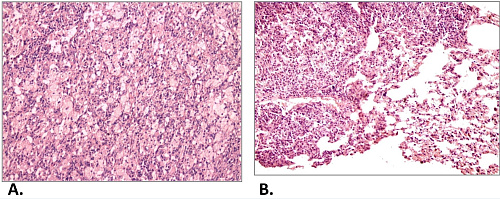







Studying the new nanoscale materials for electrodes of lithium-ion batteries, the research group of St. Petersburg Polytechnic University developed a method to determine the electrochemical capacity of each component of the nickel-cobalt oxide system. Transition metal oxides have a high capacity and relatively low costs, which is required to develop lithium-ion batteries. In the investigation of thin films obtained by atomic layer deposition (ALD) were used as anode materials and demonstrated a high charge capacity at high current densities.
"We obtained nickel-cobalt oxide materials in the wide range of compositions from nickel oxide to cobalt oxide and proposed a method to determine the contribution of the capacity of each of the electrochemically active components of the charge/discharge process. This multipurpose technique can be used to determine the best materials' compositions for lithium-ion batteries," notes Dr. Maximov of High School of Materials Physics and Technologies, Institute of Mechanical Engineering, Materials and Transport SPbPU.
In the future, the scientists plan to use their developments to create improved cathodes and solid electrolytes to produce a prototype of thin-film solid-state lithium-ion batteries.
The project was supported by Russian Science Foundation.

